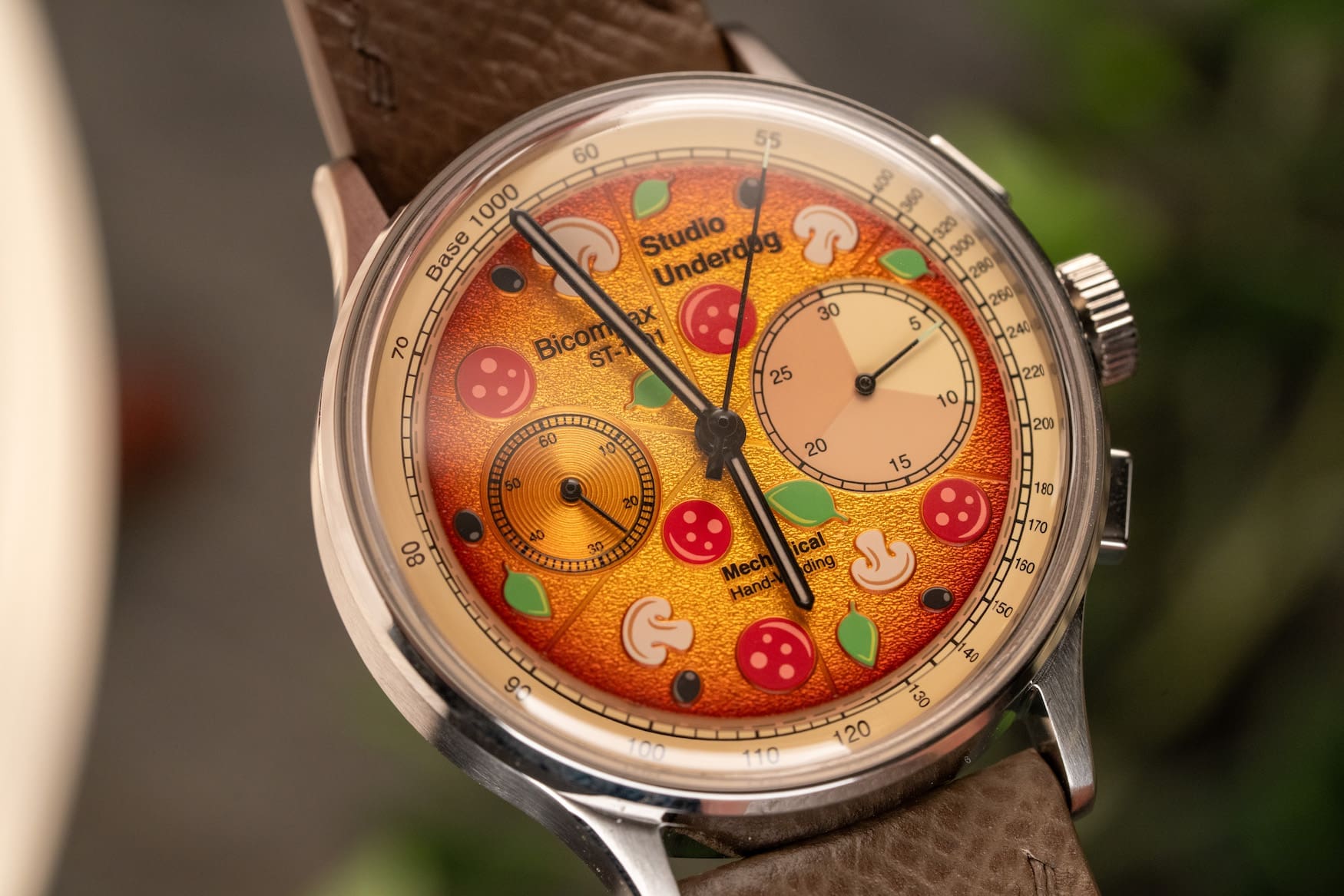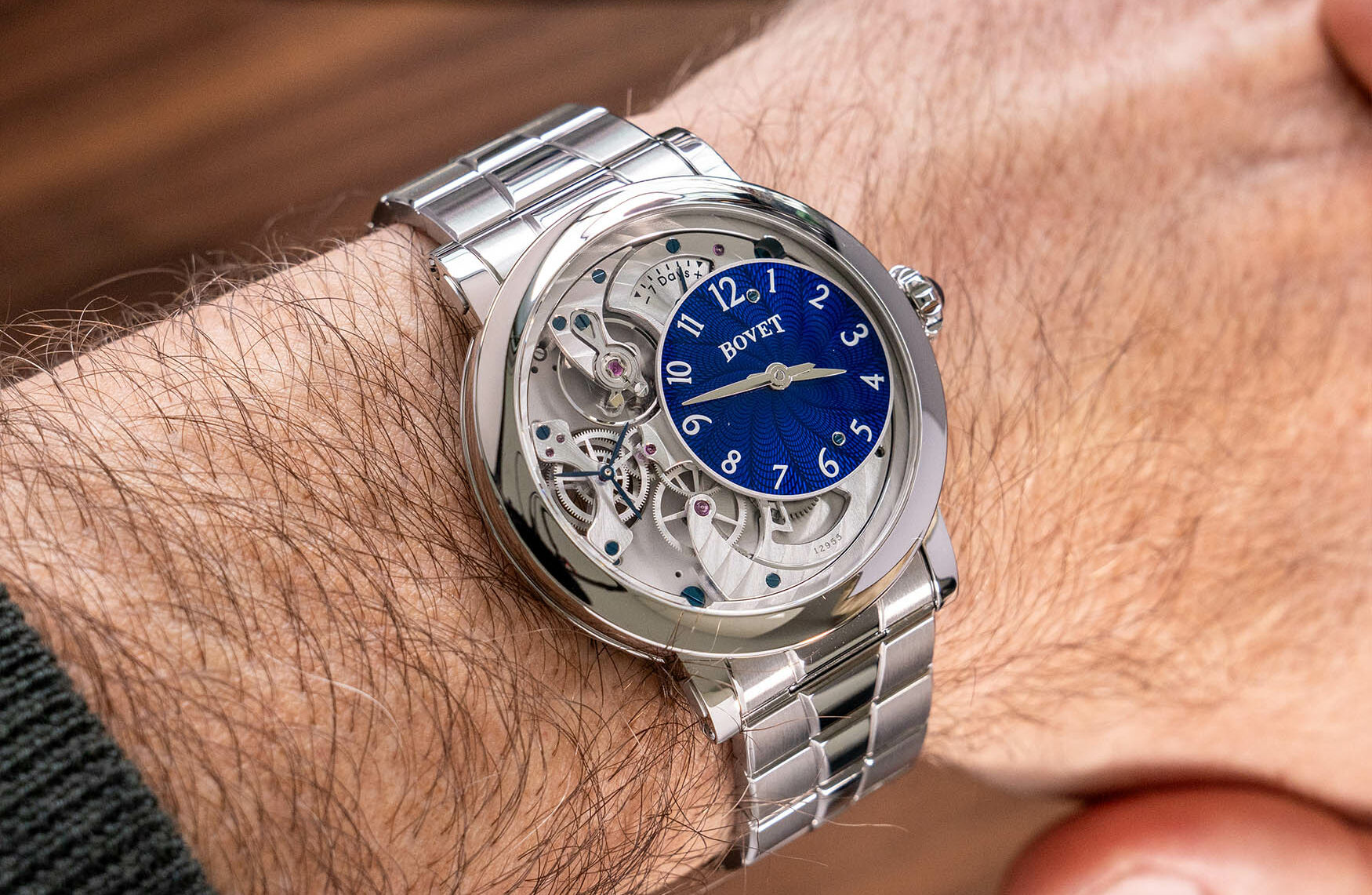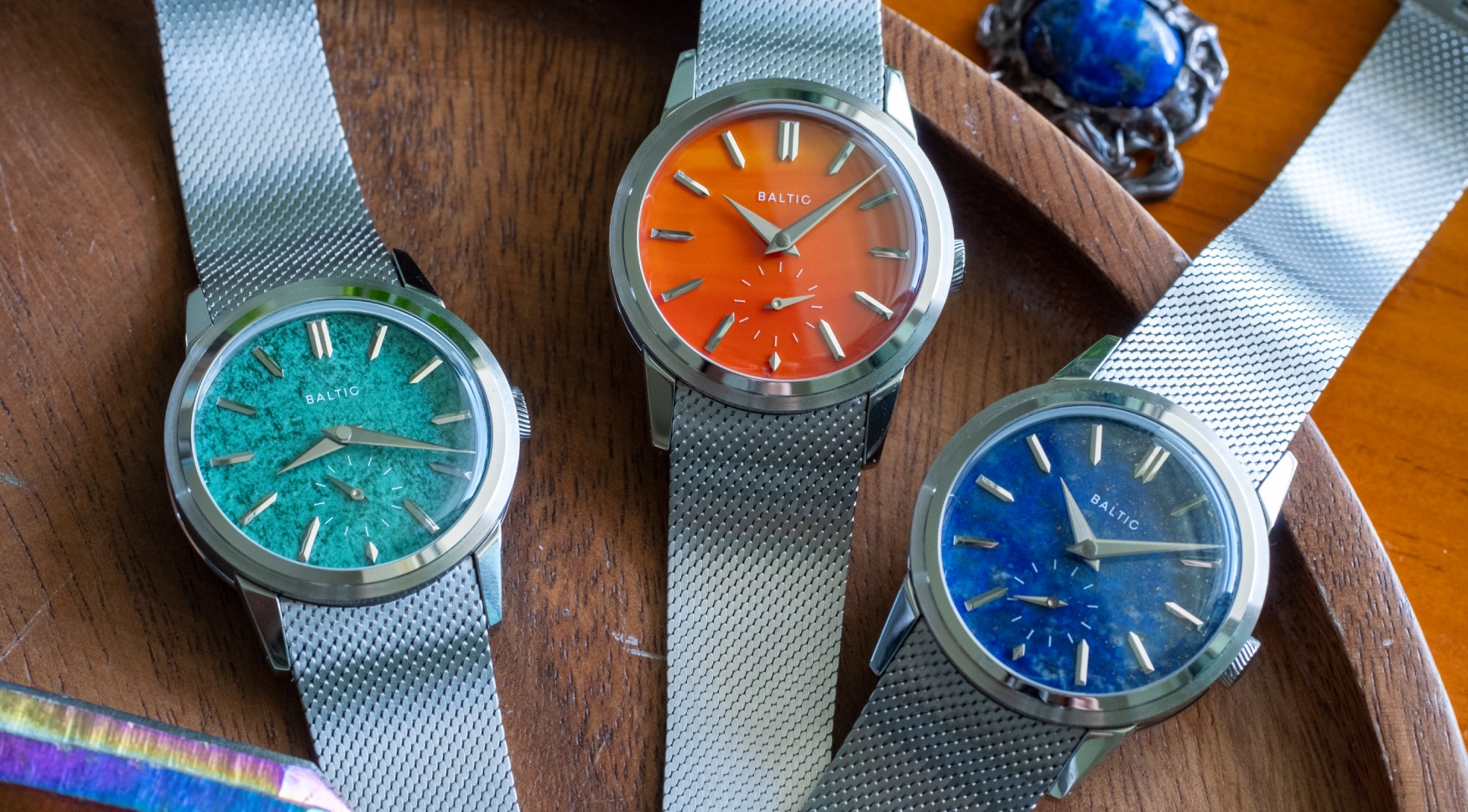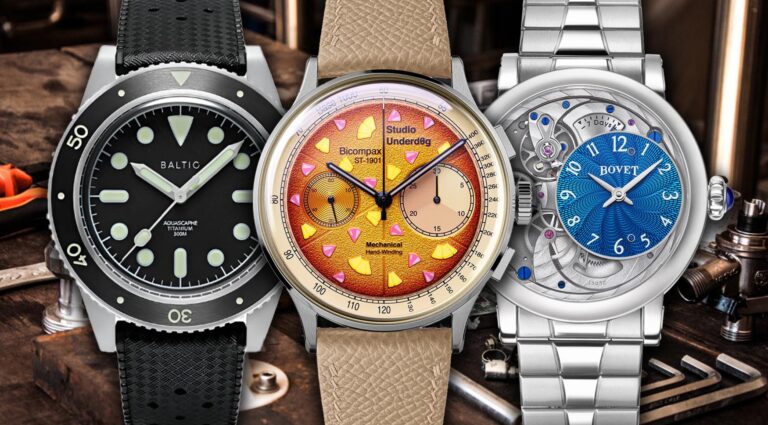buffy acacia
People generally get attached to categories and boxes. It’s very rare that something fits perfectly into one definition, but most people don’t care about that. Watch geeks are particularly troubled, looking up references and discussing What is a diver’s watch?, field watch, Sporty dress watches and dressy sports watches…The examples are endless. Putting something in the wrong box can make you upset. As someone who works in watch media, I don’t want to accidentally upset people. So how can I tell The difference between microbrands and independent brands?

As with any interpretation of identity, there are many nuances to the microbrand vs. independent debate. All companies should be judged on a case-by-case basis, but that doesn’t mean there aren’t obvious signs one way or another. Microbrands have an image of affordability, so the first thing people jump on is money. It may not always be accurate, but it can be an indicator along with other aspects. There are also expensive micro brands.there are also affordable independents. Let’s look at the specifics to explain the definition in detail.


The textbook definition of an independent brand is a brand that does not have its own parent company or subsidiaries and is privately funded. That does not necessarily mean that all components must be manufactured in-house, but may be owned by individuals, families, or any arrangement of business partners. According to this criterion, all microbrands are also independent. Crowdfunding, such as a Kickstarter campaign, is essentially a type of small business lending where a pool of potential customers acts as a bank. The big difference is that instead of paying back the loan with interest, you can (hopefully) pocket the profits and pay back your backers with goods.
Now, crowdfunding is nothing to be ashamed of. We’ve seen countless brands start with Kickstarter campaigns that become so popular that pre-orders sell out and premium prices soar on the second-hand market. However, the world of watches is also quite old-fashioned in some respects and does not operate in a traditional manner. In a world where centuries-old companies have competed across generations, pedigree and tradition carry so much weight that more classic brands are often confused with “all the crowdfunded startups.” It’s easy to see why you don’t want to.


Unfortunately, production numbers are not a great indicator for microbrands or even independent companies. Bovet is an independent watchmaker revived by Pascal Raffy and produces around 1,000 watches a year. Baltic, one of the most popular microbrands of the past five yearsmore than 8,000 units were sold in 2020. But despite these statistics, can Baltic really be called a massive undertaking? In-house manufacturer operating in a vast chateau in Switzerland?No matter how you look at it, it’s difficult to express it in numbers.


For me, one of the most reliable metrics seems to be the level of customer interaction. Crowdfunding for money is one thing. But many microbrands are also hosting polls for design decisions. That way, you can have a say in what your future customers actually buy. This kind of collaboration is a feature almost entirely exclusive to microbrands. Traditional independent brands use only their own designers based on their design philosophy. Similarly, microbrands tend to foster a tight sense of community, as opposed to the fan-based reputation style of independent brands.
While some of these points may make independent brands sound like just fancy versions of microbrands, there are positives as well. Independent companies often have higher quality finishes, better movements, better customer service, longer warranties, and the reputation of well-known brands. For example, Oris is an independent company that makes entry-level luxury watches. The in-house Caliber 400 movement has a 10-year warranty, a 5-day power reserve and COSC-level precision, and the brand has been around for 120 years. You don’t see much of that with microbrands founded on Kickstarter in 2019. Oris is not arrogant either. There are a lot of fun and interesting watches in the catalog Stay on top of trends and clearly listen to consumer feedback.


There’s no clear line between independent brands and microbrands, and that’s okay. You can almost always feel it in the company’s attitude towards watchmaking, and the “About Us” section of any website will give you most of the hints. If anything was founded by watch enthusiasts during the pandemic, it’s probably a microbrand. If you’re a young prodigy who just graduated from watchmaking school but is soaking in the accolades, you’re probably an independent watchmaker. The only real problem occurs when there are young independent brands that don’t like to think of themselves as microbrands, even if they meet most of the criteria. Overgrown microbrands can also cause confusion, as it is nearly impossible to lose a label once applied. All you can do is use your best judgment and apologize if you offended the CEO.
